
Epic Patagonia: Fjords, Peaks & Forests
STYLE: EXPEDITION–LUXURY
Remote and largely inaccessible, a Patagonia cruise is the essence of wildness—a maze of channels and islands. Venture deep into Chile’s glorious fjords past incandescent icebergs and massive glaciers such as the massive Pio XI Glacier, which is still advancing. From Chiloé Island, with its unique cultures and glorious islandscapes, to Pumalín Park, with its imposing forests and waterfalls, to a visit to a valley in the heart of the Andes, you’ll experience the grand sweep of Patagonia.
ITINERARY SUMMARY
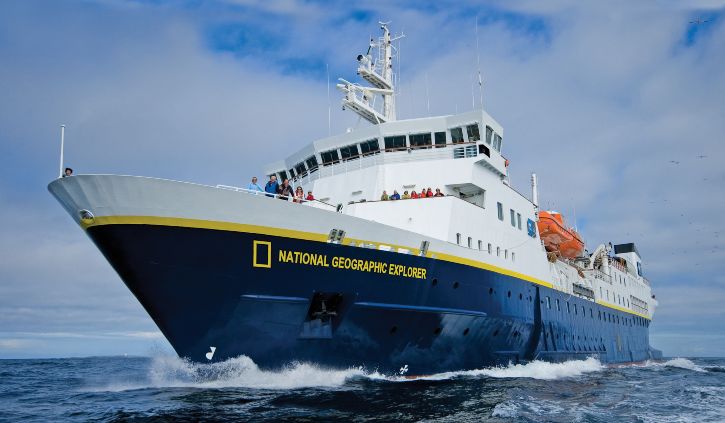
DAY 1 Santiago, Chile
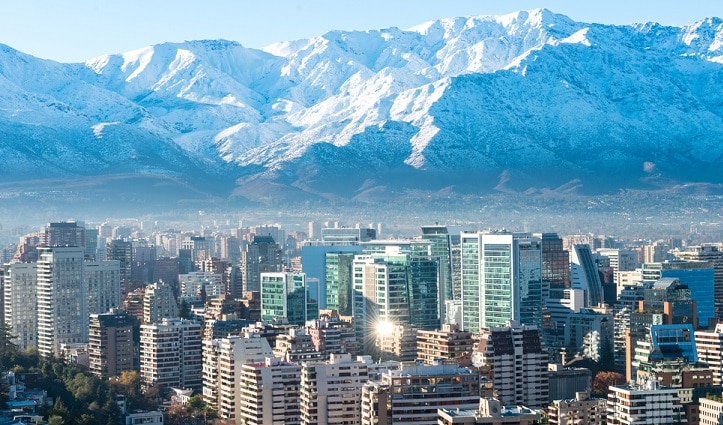
Arrive into Santiago and check into your included hotel. The Andes form an inspiring backdrop to your guided overview.
DAY 2 Embark in Puerto Montt, Chile
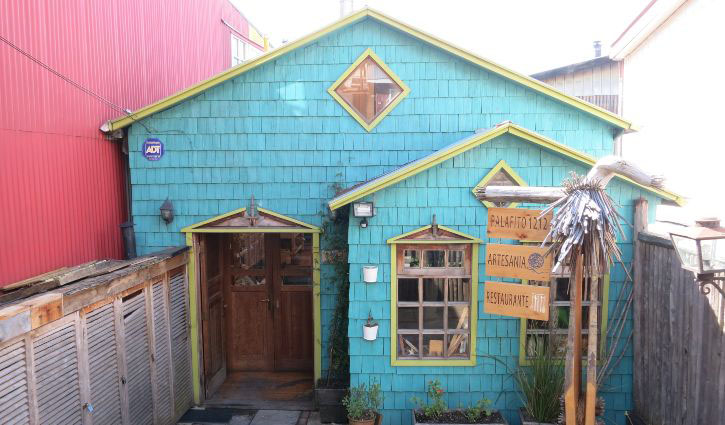
Fly by private charter from Santiago to Puerto Montt,Chile’s northern gateway to Patagonia. Embark National Geographic Explorer.
DAY 3 Castro, Chiloe Island
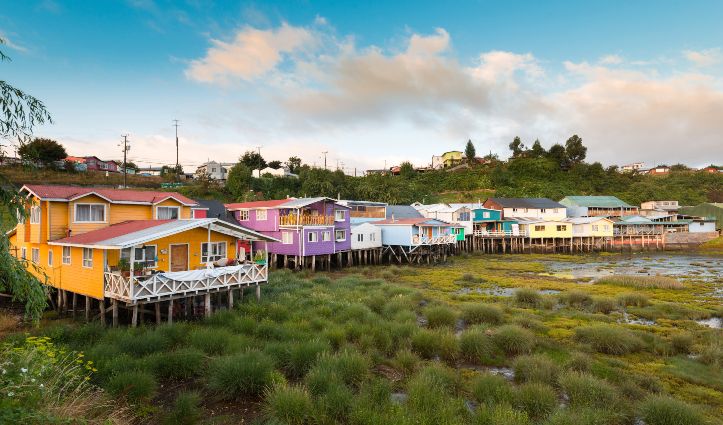
Explore Chiloé’s culture including its palafitos (colourful stilt houses) along the water and a some of its magnificent wooden churches. Alternatively, visit Chiloé National Park for a hike through the wilderness.
DAY 4 Pumalín National Park
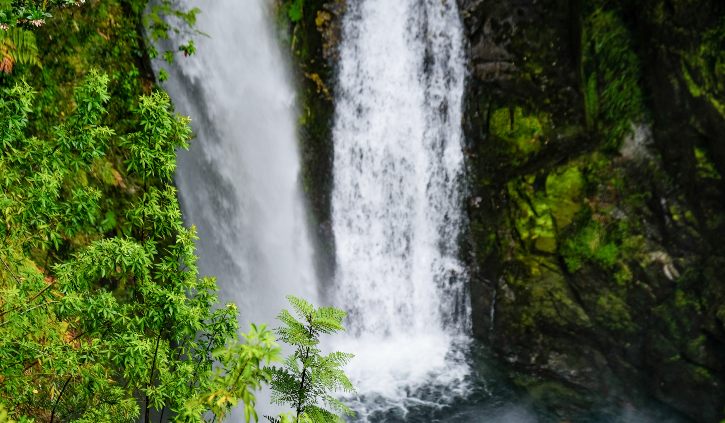
Pumalín’s 750,000 acres in Chilean Patagonia are protected as one of the last areas where the unusual alerce forest remains. These huge trees are similar in dimension to California redwoods, with some specimens 2,000 years old. The Pumalín Project was established in 1995 by the late American conservationist Doug Tompkins, who wanted to preserve some of the remaining virgin forest in Chile. Have a choice of walks in the park with naturalists in the forest, visit a hidden waterfall, or, for the energetic, climb along a rushing stream and look for forest birds along the trail. In the afternoon, we head for the Golfo de Corcovado in search of marine wildlife, looking for Magellanic penguins, sooty shearwaters, dolphins, and with luck, whales.
DAY 5 Aysén or Coyhaique, Andes Mountains
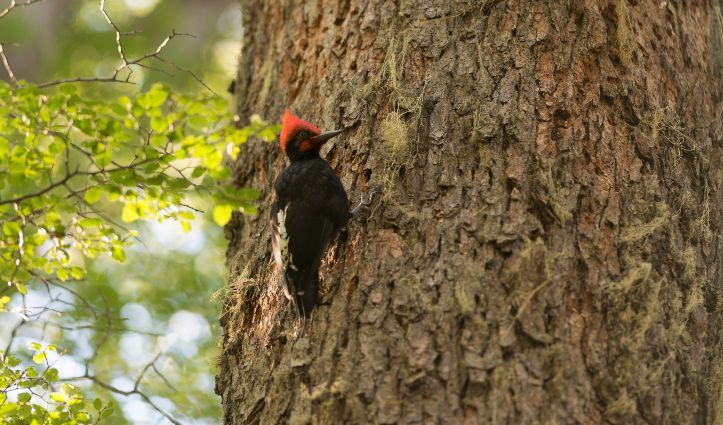
Today offers a choice of two interesting excursions.
You may decide to take a morning excursion to a nearby, exceptionally beautiful privately owned park, Aiken del Sur. The park has well-maintained trails, set in evergreen forest with lovely waterfalls and lakes, including a 75-foot-high cascade. Bird possibilities include ringed kingfisher, woodpeckers, and a variety of forest birds. A Patagonian lamb barbecue (with vegetarian options) and entertainment by local musicians awaits at the end of the walk.
Alternatively, take a full-day excursion to the Coyhaique National Reserve, driving up into a beautiful valley nestled in the Andes, with views of the snow-covered peaks. Entering the reserve, drive through evergreen forest full of giant rhubarb and ferns to the transition zone of deciduous Nothofagus forest. The starting point for our hike is Laguna Verde, “Green Lake.” Coyhaique National Reserve is home to three Chilean woodpecker species, passerines, diurnal and nocturnal predatory birds, and other animals such as pumas and foxes. In places, the forest is native and pristine, and in others we have the chance to appreciate the colonization process that is following fires of recent years. After your hike, you’ll have a picnic lunch and visit the city of Coyhaique, seeing its central plaza and the artisans’ stalls, with excellent handicrafts.
DAYS 6-9 The Inland Passage & Chilean Fjords
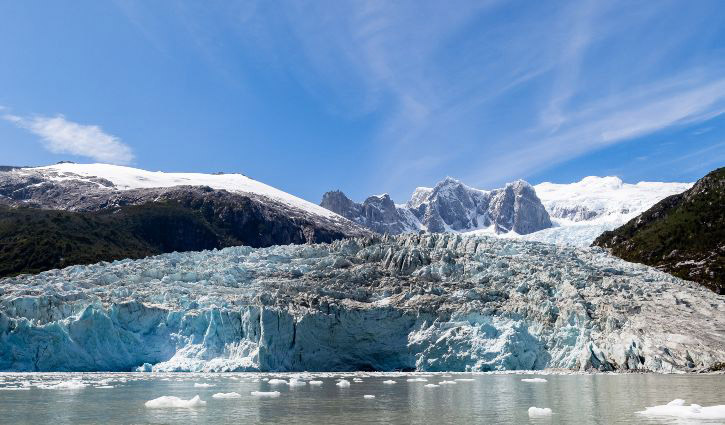
This huge region of incredible scenery provides days of adventure for you. A vast area of snow-capped mountains, gigantic glaciers, thousands of islands covered with forests and other vegetation, lakes, soaring granite walls, and waterfalls, the archipelago is untouched by humans except for a few fishing villages which perch at “the end of the world.” With a photographer and a photo instructor by your side, you’ll have boundless photo options. One possibility is exploring Tortel, where a system of boardwalks connects the houses and public spaces of this charming town of about 500 inhabitants.
One of the many highlights is the Pio XI Glacier, the longest glacier in the southern hemisphere outside of Antarctica, running some 60 miles from the Patagonia ice field to the fjord where it noisily calves off gigantic ice masses, at a rate of one every several minutes. It is 2 miles wide and rises nearly 200 feet above sea level. You will explore by Zodiac. These days offer you multiple opportunities to hike, and to use our Zodiacs, kayaks and undersea technology to explore the beautiful protected waters.
DAY 10 Puerto Natales & Torres del Paine National Park
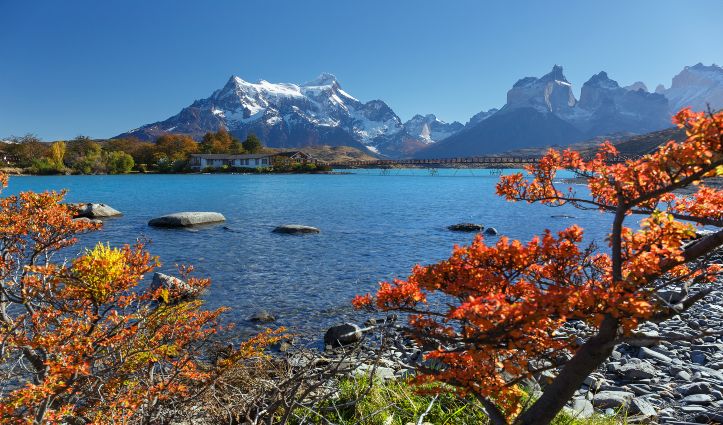
From Puerto Natales, drive to monumental Torres del Paine National Park, a UNESCO Biosphere. This is one of the signature parks of Chile and for that matter the world, with the jagged horns and the granite towers of the central massif constantly drawing the eye to their varying aspects as the light and clouds change. The mountains are surrounded by Andean steppe, forest, lakes, rivers, and waterfalls. You’ll discover one of the most spectacular and wildlife-rich areas in the Americas, and will see herds of guanacos (cousins of llamas). You’ll also look for rheas, gray foxes, Andean condors soaring overhead, and if you’re very lucky, a puma. Chileans themselves dream of visiting this magnificent park. You’ll have a choice of excursions: either take a challenging hike along a beautiful trail between two of the lakes, or else to drive to some of the most scenic places in this great setting.
DAY 11-12 Tierra del Fuego: Karukinka Natural Park

Tierra del Fuego is one of Patagonia’s crown jewels. You will visit its newest and largest protected area: Karukinka Natural Park. Established in 2004 through a gift from Goldman Sachs, Karukinka is one of the largest donations ever made for conservation. National Geographic has special permission from the Wildlife Conservation Society to visit this private reserve, which spans 1,160 square miles and harbours endangered culpeo fox, Andean condors, and many other kinds of wildlife. You may explore Jackson Bay, backed by a skyline of rugged mountains, and look for wildlife including blackbrowed albatross that nest on one of the nearby small islands. Or you may walk a trail to a lovely waterfall, and look for elephant seals resting on not only the beach but also high in the grass meadows and even in the small river draining the valley inland. Look for the Andean condors, massive Magellanic woodpeckers, black-necked swans, Austral parakeets, albatrosses, grebes, petrels, fulmars, shearwaters and many other birds that inhabit this otherworldly realm.
DAY 13 The Beagle Channel
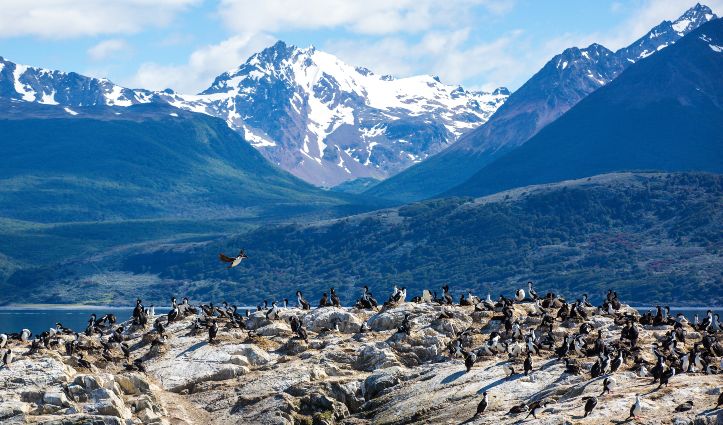
Today you will sail the Beagle Channel, named after HMS Beagle. The ship, commanded by Captain FitzRoy, surveyed the region between 1826 and 1830 and returned in 1833 with Charles Darwin on board. On seeing the area, Darwin wrote: “It is scarcely possible to imagine anything more beautiful than the beryl-like blue of these glaciers, and especially as contrasted with the dead white of the upper expanse of snow.”
You will explore more stunning wilderness as you see the fjords and glaciers of the region by Zodiac, kayak and on foot. A vast area of soaring, snow-capped mountains, gigantic glaciers, thousands of verdant islands, serene lakes, and waterfalls—the archipelago is scarcely touched by man. Take Zodiacs out to explore these protected waters and rugged shores, the blue and white of ice contrasting with greens of the forest highlighted by splashes of flowering plants.
DAY 14 Cape Horn
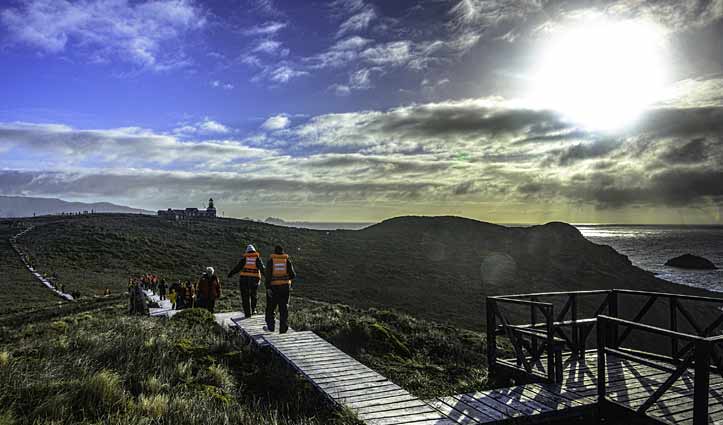
Today you will visit Cape Horn, near the southernmost tip of the South American continent, named in 1616 for the Dutch town of Hoorn. These waters are famously difficult to navigate, and over the centuries have been the graveyard of many ships—which before the opening of the Panama Canal had to round the cape to sail between the Pacific and Atlantic. During the Age of Sail, sailing ships often had to struggle with the winds and currents for days or even weeks. Of course, the expedition team will use our modern equipment and decades of experience to explore safely. Weather permitting, you’ll take the Zodiacs ashore and walk to the top of a hill for panoramic views and to see the memorial placed there in 1992, showing an albatross in silhouette. There’s also a lighthouse and small museum, and moving plaques commemorate those who explored Cape Horn and those sailors who lost their lives in these waters.
DAY 15-17 Isla de Los Estados (Staten Island), Argentina
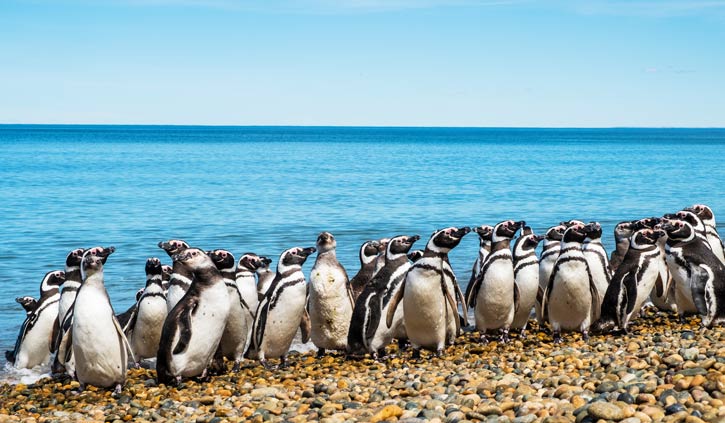
By special permission, Explorer is one of the only expedition ships ever to visit extraordinary Staten Island. Its mountainous, forested landscapes and rugged fjords are beautiful. Search for southern rockhopper and Magellanic penguins, fur seals and sea lions. See the San Juan de Salvamento “lighthouse at the end of the world,” which inspired Jules Verne’s novel by the same name.
DAY 18 Disembark Ushuaia, Fly to Buenos Aires
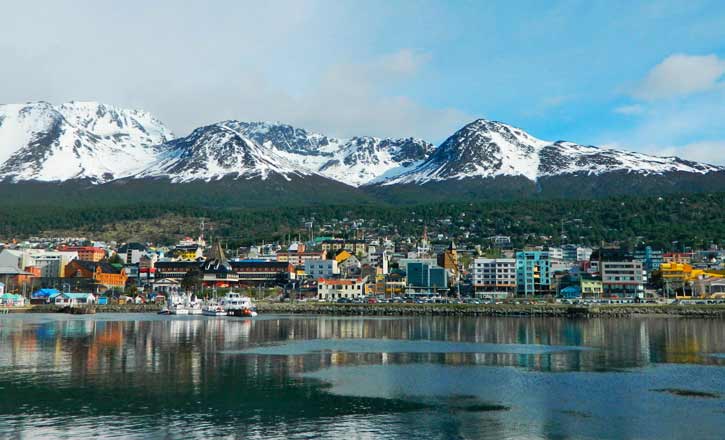
Disembark in Ushuaia, the southernmost city in the world. Take a charter flight to Buenos Aires where your itinerary concludes.


